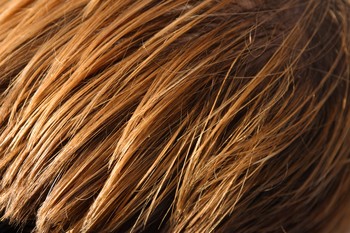Mar 28 2005
Hair grows quickly and is continually replenished which makes it an attractive source to harvest the amount of stem cells needed for treatments, but this, along with controversy surrounding the ethics of harvesting cells from embryos, has been a major stumbling block of stem cell research.

Stem cells are immature cells that have the ability to become any kind of tissue in the body. Hair grows from follicles and new follicle cells are born from stem cells that exist in a small bulge on the side of the hair follicle. Studies have shown that nerve cells can be grown from hair follicle stem cells, (Proceedings of the National Academy of Science).
Now researchers from the University of Pennsylvania who have already suggested that these stem cells might be a way of treating baldness, and Dr Yasuyuki Amoh and colleagues from the University of California, San Diego, have shown that the same stem cells could potentially be used to treat neurological conditions.
They found that the follicle stem cells from the whiskers of mice expressed a substance called nestin, a known signal to tell cells to develop into neurons. They also found that when the follicle stem cells were transplanted under the skin of the mice they developed into mature nerve cells and were able to grow into skin cells, smooth muscle cells and pigment-producing cells called melanocytes.
The results, said the researchers, suggests that hair follicle stem cells may provide an accessible source of stem cells for therapeutic application.
Dr Robin Lovell-Badge, head of the division of developmental genetics at the Medical Research Council's National Institute for Medical Research, says this is definitely a source of cells that needs to be explored in the search to find the best source of cells possible, and it is important to compare the quality of hair follicle stem cells with stem cells derived from other sources. The easy accessibility of follicle stem cells was an added bonus.